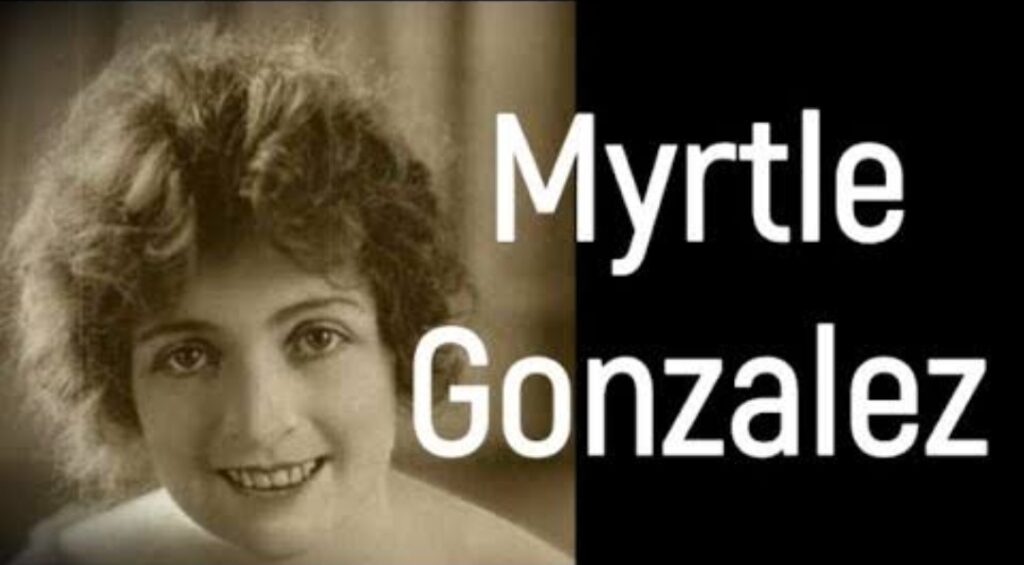Introduction:
Myrtle Gonzalez, a trailblazing actress from the silent film era, left an indelible mark on the budding Hollywood scene in the early 20th century. Despite her relatively short career, Gonzalez’s contributions to cinema and her captivating on-screen presence make her a noteworthy figure in the history of film.
Early Life and Entry into Cinema:
Born on September 28, 1891, in Los Angeles, California, Myrtle Gonzalez’s journey into the world of entertainment began at a young age. Raised in the heart of the burgeoning film industry, Gonzalez’s fascination with the silver screen was sparked early on. Her career kicked off in the early 1910s when she was discovered by director Mack Sennett, marking the commencement of her cinematic odyssey.
Rising Stardom:
Gonzalez quickly ascended the ranks, establishing herself as a prominent actress in silent films. Her magnetic charm and versatility allowed her to seamlessly transition between genres, captivating audiences with each performance. From romantic dramas to slapstick comedies, Gonzalez’s on-screen presence was nothing short of captivating, earning her the adoration of fans and the respect of her peers.
Pioneering Latina Representation:
In an era when diversity in Hollywood was scarce, Gonzalez stood out as a pioneering Latina actress. Breaking through racial and ethnic barriers, she paved the way for future generations of Hispanic performers. Her success was not only a testament to her talent but also a significant step towards greater inclusivity in the entertainment industry.
Notable Films:
Gonzalez’s filmography boasts an array of memorable productions. “The Hidden Scar” (1915) showcased her dramatic prowess, while “Hearts Adrift” (1914) highlighted her comedic talent. Each film added a layer to her artistic legacy, solidifying her status as a leading lady of the silent screen.
Personal Struggles:
Beyond the glitz and glamour of Hollywood, Gonzalez faced personal challenges that added depth to her narrative. The silent film era was marked by its own set of hurdles, and Gonzalez navigated them with resilience. Her personal journey mirrored the societal changes of the time, reflecting the evolving roles of women in the early 20th century.
Legacy and Impact:
Despite her untimely death in 1918 at the age of 27, Myrtle Gonzalez’s impact endured. Her contributions to cinema and the strides she made for Latina representation resonate to this day. The silent star may have left the stage prematurely, but her legacy lives on in the annals of film history.
Conclusion:
Myrtle Gonzalez’s story is one of talent, resilience, and breaking barriers in the golden age of Hollywood. As we reflect on the silent film era, her name deserves recognition alongside other luminaries of the time. Gonzalez’s journey reminds us that even in the absence of spoken words, a performer’s presence can echo through the ages.

